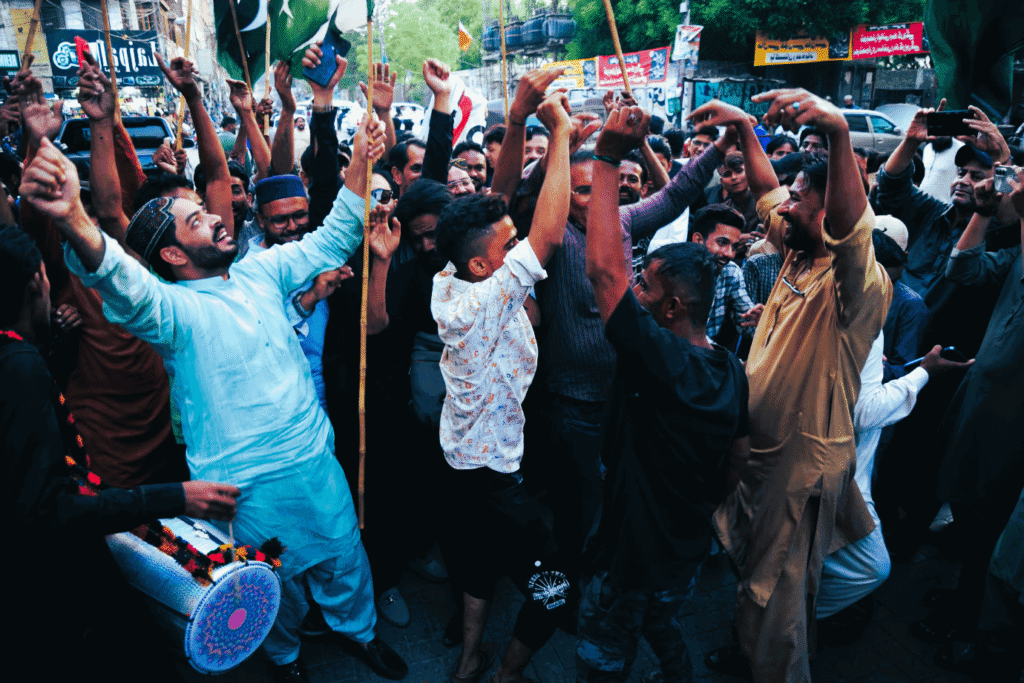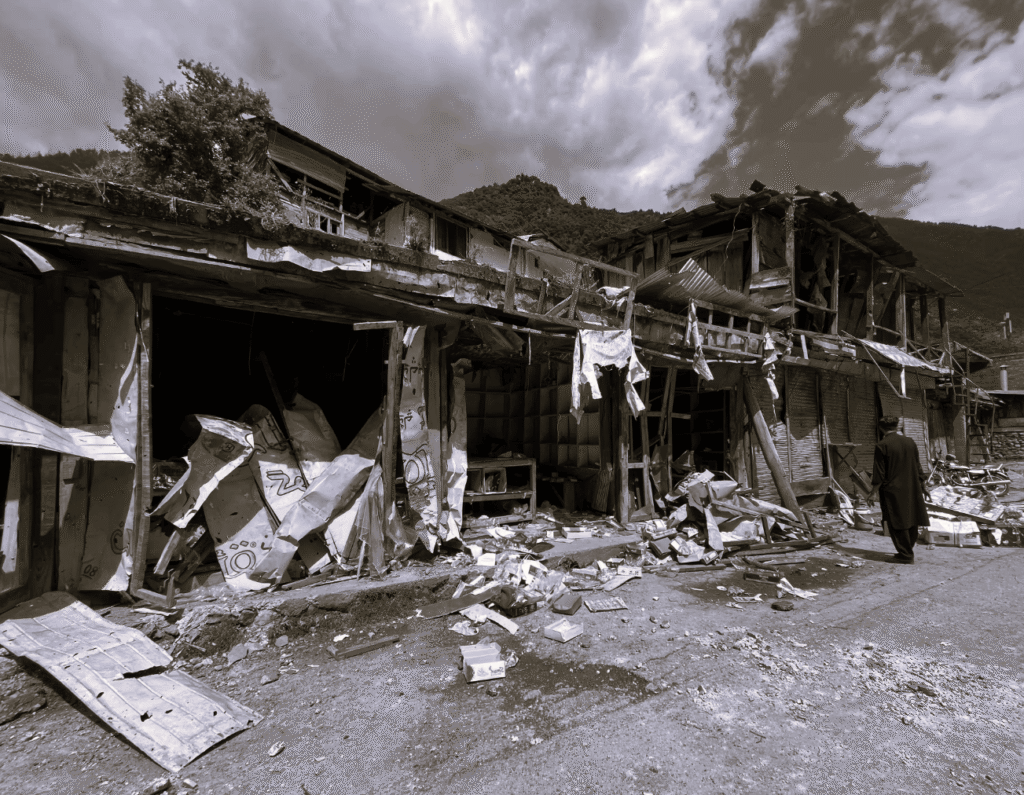
India and Pakistan Agree to U.S.-Brokered Ceasefire Amid Renewed Cross-Border Tensions
In a significant diplomatic development, India and Pakistan have agreed to a U.S.-mediated ceasefire following a period of heightened military tensions in the disputed region of Kashmir. The agreement, announced on May 10, 2025, aims to halt all military actions on land, air, and sea. However, reports of renewed cross-border shelling shortly after the ceasefire’s implementation have cast doubt on its sustainability.
Background of Escalation
The recent escalation between the two nuclear-armed neighbors was triggered by a terrorist attack on April 22 in Pahalgam, Indian-administered Kashmir, resulting in the deaths of 26 Hindu pilgrims. India attributed the attack to Pakistan-based militants, leading to retaliatory missile strikes on what it identified as terrorist camps within Pakistan. Pakistan responded with its own military actions, including short-range missile launches targeting Indian military installations. The resulting clashes represented the most intense military standoff between India and Pakistan since the Kargil conflict of 1999.
U.S.-Mediated Ceasefire Agreement
Amid growing international concern over the escalating conflict, the United States intervened to mediate a ceasefire. President Donald Trump shared news of the agreement on his social media platform, declaring, “Following extensive overnight negotiations facilitated by the United States, I’m proud to announce that India and Pakistan have consented to a FULL AND IMMEDIATE CEASEFIRE.” The discussions were reportedly spearheaded by senior U.S. officials. Secretary of State Marco Rubio and Vice President JD Vance, who engaged directly with Indian Prime Minister Narendra Modi and Pakistani Prime Minister Shehbaz Sharif.
The ceasefire was confirmed by both nations, with Pakistan’s Foreign Minister Ishaq Dar emphasizing the country’s commitment to peace and regional stability. India’s Foreign Secretary Vikram Misri stated that military operations chiefs from both countries had agreed to halt all military actions and that further discussions were planned to ensure the ceasefire’s implementation.
Immediate Violations and Renewed Hostilities
Although a ceasefire had been agreed upon, fresh reports of cross-border shelling surfaced just hours later.. Explosions were reported in Srinagar and Jammu in Indian-administered Kashmir, as well as in Peshawar and Karachi in Pakistan. Both sides accused each other of violating the ceasefire, with India alleging that Pakistan targeted its airbases and Pakistan claiming Indian missile strikes on its territory.
Indian officials stated that their military responded to Pakistani missile attacks on airbases, while Pakistan’s military accused India of targeting civilian areas. The exchange of fire and mutual accusations have raised concerns over the ceasefire’s viability and the potential for further escalation
International Reactions and Calls for Restraint
The international community has expressed concern over the renewed hostilities and urged both nations to exercise restraint. The United Nations urged all parties to exercise “utmost restraint” and stressed the need to resolve the conflict through diplomatic means.China offered to mediate between the two countries, while the G7 nations called for immediate de-escalation.
Pakistan expressed gratitude to international mediators, including the U.S., China, and Gulf states, and reiterated its commitment to peace, contingent on India halting aggressions. Prime Minister Shehbaz Sharif praised the actions of Pakistan’s military and emphasized the importance of initiating dialogue to address the Kashmir issue. Meanwhile, Indian officials emphasized operational readiness and justified their actions as targeted military responses.
Civilian Impact and Public Sentiment

The conflict has had a significant impact on civilians in the affected regions. In Kashmir, residents expressed a mix of relief and apprehension following the ceasefire announcement. Celebrations were reported in some areas, but the resumption of hostilities dampened hopes for lasting peace. Casualties have mounted, including 33 Pakistani civilians and an Indian official, and infrastructure damage has been noted along the Line of Control.
Air travel disruptions have also been reported, with India closing 27 airports in its northern and western regions and Pakistan suspending flights from key airports. These measures have affected global aviation networks and added to the economic strain in both countries.
Prospects for Peace and Future Dialogues
While the ceasefire represents a significant diplomatic effort to halt the violence, its fragility underscores the deep-rooted tensions between India and Pakistan. The disputed region of Kashmir remains a flashpoint, and previous ceasefire agreements have often been short-lived. Both nations have expressed cautious optimism for potential dialogue and de-escalation, but the path to a comprehensive and lasting resolution remains uncertain.
Further talks between Indian and Pakistani military leaders are scheduled, and the international community continues to advocate for sustained diplomatic engagement. The situation remains fluid, and the coming days will be critical in determining whether the ceasefire can hold and pave the way for a more stable and peaceful relationship between the two countries.
